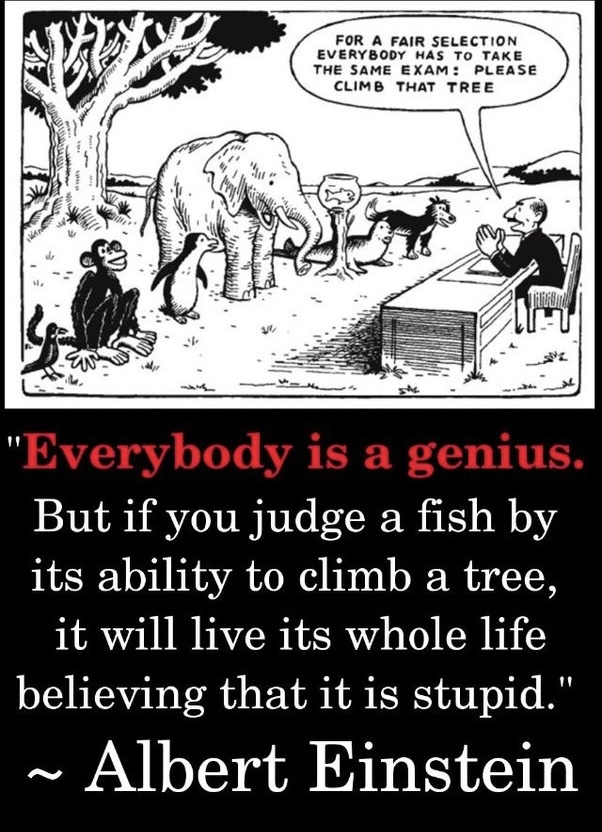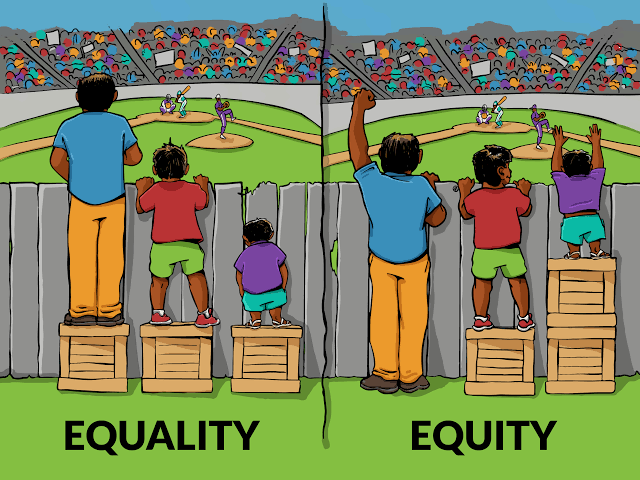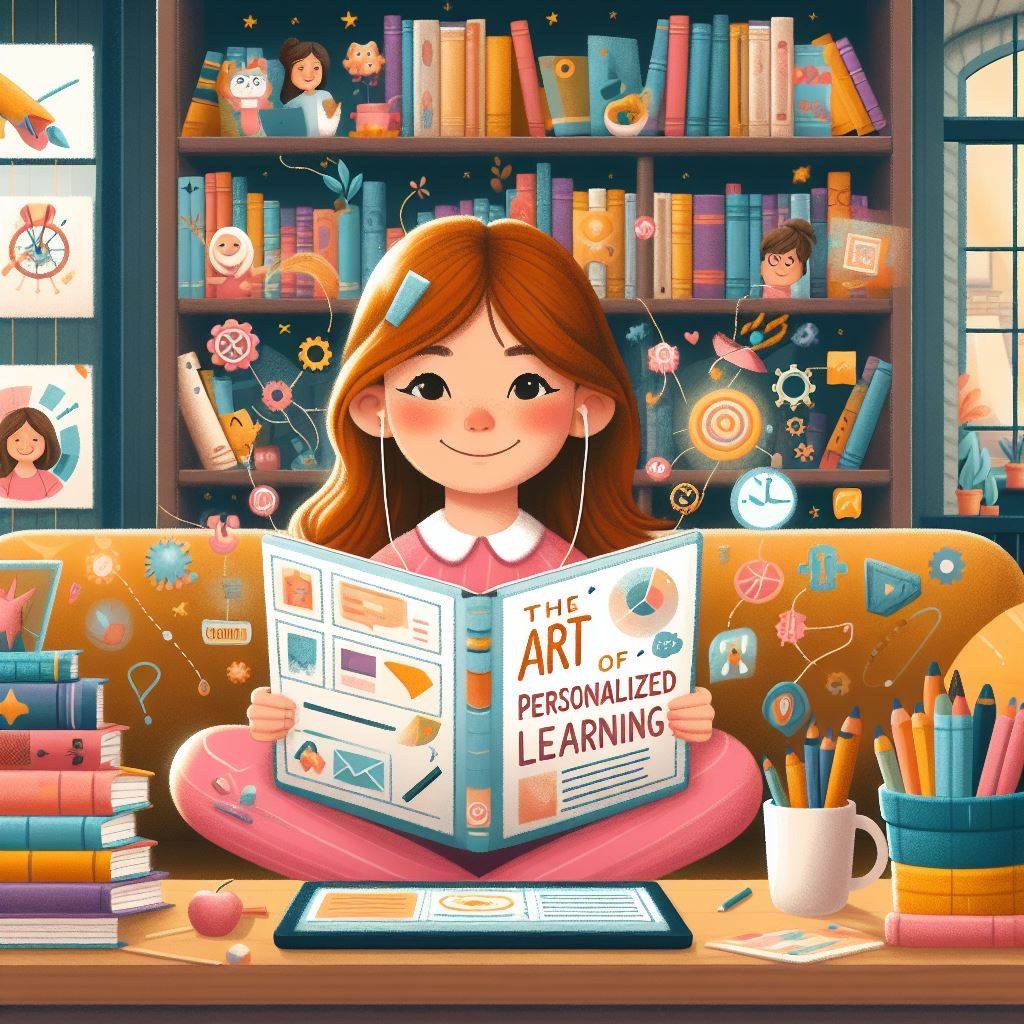Dive into the dynamic world of personalized learning with insights drawn from the captivating poem “Horse Play.”. Join me as we unravel the metaphorical layers of the poem, exploring its relevance to education and the transformative potential it holds. From embracing diversity to fostering inclusivity and infusing joy into learning, discover how personalized learning can revolutionize the education landscape. Let’s embark on this journey together, fueled by our passion for education and our commitment to creating a brighter future for all learners.
Introduction:
In the first session, we explored the general concept of Learning, as educators and as students. In this second session and discussion on personalised learning, we embarked on a journey of exploration. We dive deep into the intricacies of tailoring education to individual needs and preferences. Central to our exploration was the analysis of a renowned poem, “Horse Play,” which served as a thought-provoking catalyst for examining the concept of personalised learning. Join us as we unravel the layers of this enriching discussion and delve into the transformative potential of personalised education.
Horse Play
Four gallant horses galloped forth. One was white, one was black, one was red, one was brown. One had four legs, one had three, one had two, and the fourth had one leg.
The one-legged horse said to the others: the time for dance has come, sweet friends, let’s dance on a single hoof! All of them liked the idea, and the dance began.
The four-legged horse fainted outright, the three-legged horse slipped and fell, the two-legged horse limped to a fall; only the one-legged one danced on and on.
~ Ayyappa Paniker
Analysis and Reflections on “Horse Play”
In discussing the poem “Horse Play,” we were immediately struck by the symbolism embedded within its verses. Each gallant horse, distinguished by its unique color and makeup, serves as a metaphor for the diverse array of students within our educational landscape. Just as the horses embody different strengths and attributes, so too do our learners possess individual talents and capabilities that deserve recognition and celebration.
In our classrooms, we encounter a spectrum of learners, each with their unique abilities and challenges, akin to the one-legged, two-legged, three-legged, and four-legged horses depicted in the poem. As educators, it is incumbent upon us to recognize and embrace this diversity, tailoring our teaching practices, methodologies, and assessments to accommodate these gallant horses. As the saying attributed to Albert Einstein aptly puts it, “Everyone is a genius. But if you judge a fish by its ability to climb a tree, it will live its whole life believing that it is stupid”. This underscores the imperative for personalised learning, wherein educators strive to create an environment where each learner can thrive according to their individual strengths and abilities.

Practicing Equity over Equality!
Rather than expecting everyone to conform to a uniform standard, personalised learning advocates for equity over equality, ensuring that all students have access to the support and resources they need to achieve their full potential. By harnessing the principles of equity and leveraging the unique strengths of each learner, educators can foster a culture of inclusivity and empowerment in their classrooms, where every student has the opportunity to shine. See this practical experience I had in the classroom sometime ago.
In reflecting on the poem, we are reminded of the transformative potential of personalised learning in fostering an inclusive and supportive learning environment. By embracing diversity and encouraging students to harness their strengths, we can cultivate a culture of empowerment and enable each learner to thrive according to their individual capabilities. As we continue to explore the nuances of personalised education, let us remain steadfast in our commitment to honouring the ‘gallant horses’ within our classrooms and empowering them to dance to the rhythm of their own strengths.

Inclusivity and Practicing Safe Spaces
In the realm of education, fostering inclusivity and creating safe spaces for learning is paramount to nurturing a conducive environment where all students feel valued, respected, and empowered to thrive. Research in education underscores the critical role of inclusivity in promoting positive academic outcomes, social-emotional well-being, and overall student success. By embracing diversity and championing inclusivity, educators can cultivate a culture of acceptance and belonging, where every student’s voice is heard and their individuality celebrated.
Central to the concept of safe spaces is the notion of providing an environment where students feel emotionally and physically secure to express themselves authentically, take risks, and engage in meaningful learning experiences. This entails establishing clear expectations for respectful communication, fostering open dialogue, and proactively addressing instances of discrimination or exclusion. Safe spaces also encompass creating opportunities for students to see themselves reflected in the curriculum, thereby validating their identities and experiences, and promoting a sense of belonging.
Drawing from my experience as an educator and research in the field, I have witnessed firsthand the transformative impact of cultivating inclusive and safe learning face-to-face and online environments. By prioritizing inclusivity and practicing empathy and understanding, educators can create a supportive ecosystem where diversity is celebrated, and all students are empowered to reach their full potential. As we continue our journey in personalized learning, let us remain steadfast in our commitment to fostering inclusivity and embracing the rich tapestry of diversity within our classrooms.
Further Questions for Reflection
As we conclude our exploration of personalized learning and the importance of creating inclusive and safe spaces for learning, it’s essential to reflect on the challenges and barriers that continue to impede progress in transforming education. Despite the wealth of conversations and innovative ideas, why do we find ourselves entrenched in old teaching paradigms and rigid structures? What factors contribute to the resistance to change within our education system, despite the pressing need for innovation and adaptation to meet the evolving needs of learners in the 21st century?
Puzzling Questions to Consider:
– Why do traditional teaching methods persist despite evidence pointing towards the effectiveness of alternative approaches?
– What systemic barriers exist that hinder the infusion of joy and creativity into teaching and learning practices?
– How can educators and policymakers collaborate to bridge the gap between research insights and tangible changes in educational practices?
– What strategies can be employed to empower educators to embrace pedagogical innovation and experimentation in their classrooms?
– How can we ensure that education remains a dynamic and evolving field that prioritizes the holistic development and well-being of all learners?
As we grapple with these thought-provoking questions, let us remain committed to fostering a culture of continuous improvement and innovation in education.
In all, I’ve been enjoying these discussions. For me, “the learning is in the conversations” and as these conversations hold, we must keep making simple, deliberate, pedagogical changes in our classrooms. We don’t have to wait until it is nationally accepted. If every single educator having these paradigm shifts, decides to do something different, then very soon we will change the education landscape, and create a better learning environment for our students, ensuring a great future for them.
Series Title – My Reflections on the Learning Designer’s Dialogue Conversations
Session 1 – Exploring Learning: My Reflections

